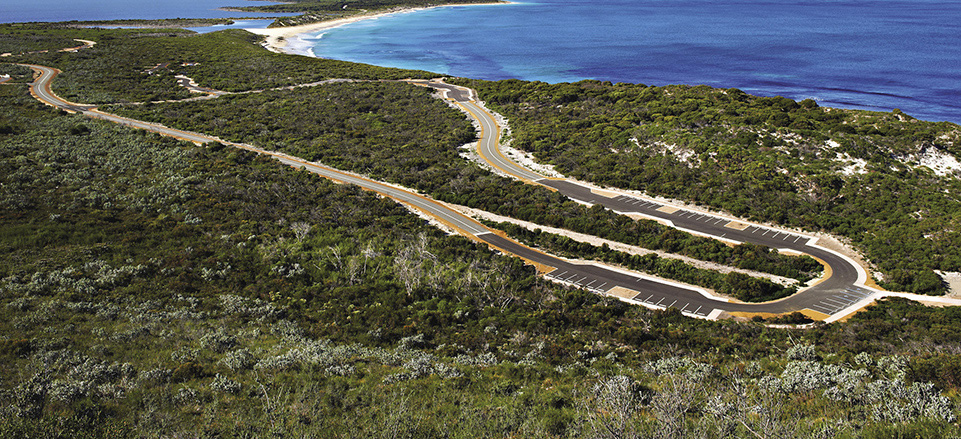
Case Study

Tourist access facilities, Fitzgerald River National Park
Fitzgerald River National Park: Protecting a UNESCO-listed Biosphere
A total of $40 million has been committed to the Fitzgerald River National Park Improvement Project, which will enhance tourist access and facilities and assist economic and social development in local communities.
A State and Federal Government funded project, managed by Main Roads and the Department of Environment and Conservation (DEC), we are using local contractors and suppliers to complete these works. The project will provide road upgrades, recreational site improvements and walk trails. It was decided that the focus on road works and visitor facility upgrades would be concentrated on the eastern side of the park at Hopetoun as this is the entrance used by approximately 70% of the parks visitors.
As the largest conservation reserve in southwest Western Australia the project was required to be undertaken with strict environmental care to protect the delicate UNESCO-listed biosphere. Prior to the start of works, flora, fauna, dieback and heritage surveys were completed and formed the basis of Environmental Management Plans that were continually reviewed during construction. Rehabilitation plans were also implemented to ensure that re-vegetation of sites was managed carefully and successfully.
Road works include the widening and sealing of existing gravel roads along Hamersley Drive from the eastern park entrance to Hamersley Inlet. In May 2012, almost 15 kilometres of road works on the eastern end of the park had been sealed with the remaining sections to be completed during the next construction season, commencing in October 2012.
This project has been a steep learning curve for Main Roads and DEC with the maintenance of environmental integrity of the Park, especially in the re-vegetation of affected sites. Assisting the Project Management team throughout the project has been a Project Reference Group comprising representatives from DEC, Main Roads, Friends of Fitzgerald River National Park, Local Government, Tourism WA and the South West Aboriginal Land and Sea Council.
Despite the scale of the works within the park no significant negative environmental outcomes have occurred which is a testament to the commitment and dedication of the teams involved. The Fitzgerald River National Park is the single largest piece of vegetation that has not been exposed to dieback disease of any large scale and the organisations involved have worked hard to maintain this status. For more information on the project, visit the projects page on our website.

 previous page
previous page
 previous page
previous page
